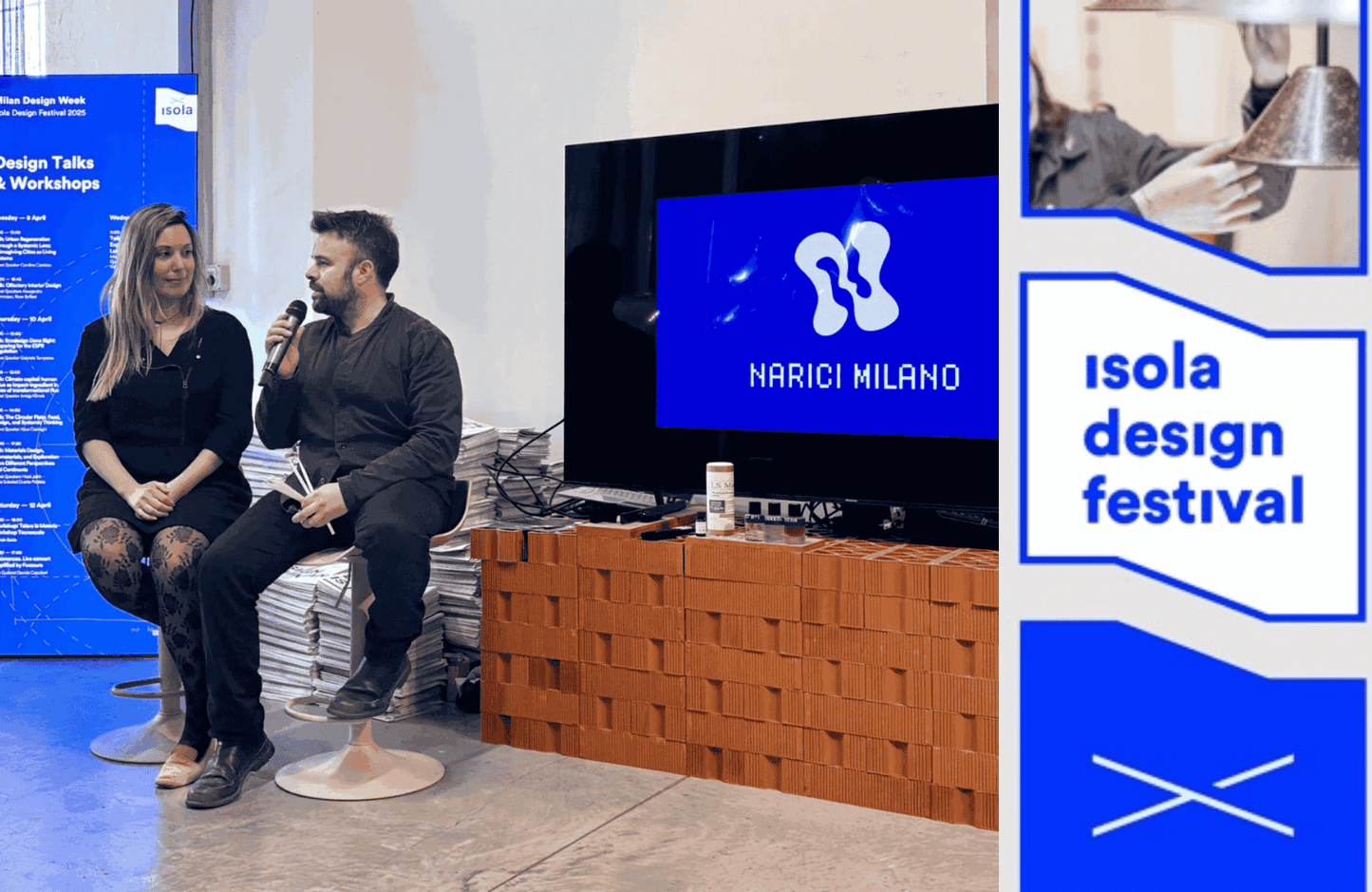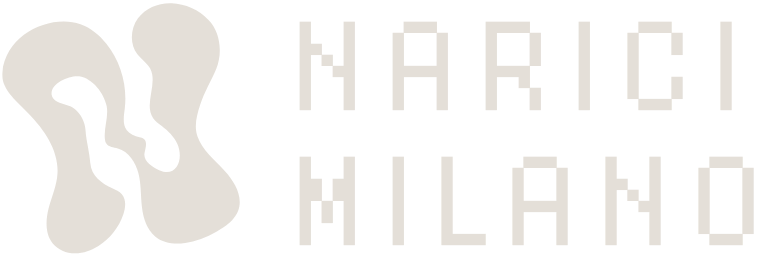
👃 OLFACTORY INTERIOR DESIGN 👃 ... from the Renaissance to the Future
✨ Last week, Milan was buzzing — Design Week was in full swing — and my brand Narici partnered with Isola Design Group to scent the Basic Village exhibition space, creating an olfactory experience to complement the beautiful design pieces. We asked Integra Fragrances to help us diffuse three fragrances from the Narici launch collection. The tech is amazing — it allowed us to adjust the intensity and frequency of the scent puffs to create the perfect atmosphere. Huge thanks to Lorenzo Cotti for making this happen!
🎤 Perfume historian Rose Byfleet and I also hosted an event to talk about olfactory interior design, with a special focus on retail. Is spatial scent design really a new trick? Think again.
🛍️ Elio Fiorucci was a pioneer in transforming stores into multisensory environments. Back in 1974, his store on Via Torino in Milan already featured water fountains and spicy fragrances. And who could forget Abercrombie & Fitch? The shops were almost pitch black, the abs of their half-naked shop assistants barely visible through the darkness — but you could smell their Fierce signature fragrance from miles away in the mall. A well-documented example of millennial collective olfactive memory — still triggering PTSD to this day.
🍬 Food retailers do this brilliantly, too. UK supermarkets often scent their fresh aisles — compensating for the fact that most products are tightly packaged in plastic. But it’s not just the big chains. I vividly remember visiting a candy maker’s heritage museum in Puglia, filled with panning equipment, candy moulds, and quirky tools. A warm, cozy, Christmassy smell greeted us at the entrance - despite the 40°C heat outside. We thought they were actually boiling candy, but they were simply diffusing cinnamic aldehyde (a.k.a. synthetic cinnamon) in the air.
👃 Where does all this come from? Rose Byfleet explains that historically, fragrance was used medicinally in Western Europe. In sixteenth-century Italy perfume was used to balance the qualities of the air, making it more healthful. We have inherited the remnants of this knowledge in our preferences for lighter, floral or citrussy scents in summer - an association that originates in the use of rose vinegar in summer to prevent against the plague. Similarly, cinnamon connects to Christmas as it was one of the warming spices used to fragrance food and rooms.
🚀 What about the future of scenting spaces? Well, it’s already here. During the pandemic fragrance — especially home fragrance — boomed. Perfume commercials once told us we wear fragrance to be sexy, to attract others, to enhance our allure. But during lockdown, we started using scent to feel good, to create ambience for ourselves. More and more brands are tapping into that same idea — to make you feel good when you walk into their spaces, or when you take their brand home with that perfectly designed marketing candle. And we are loving it.
